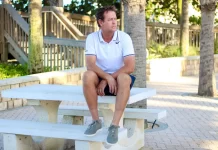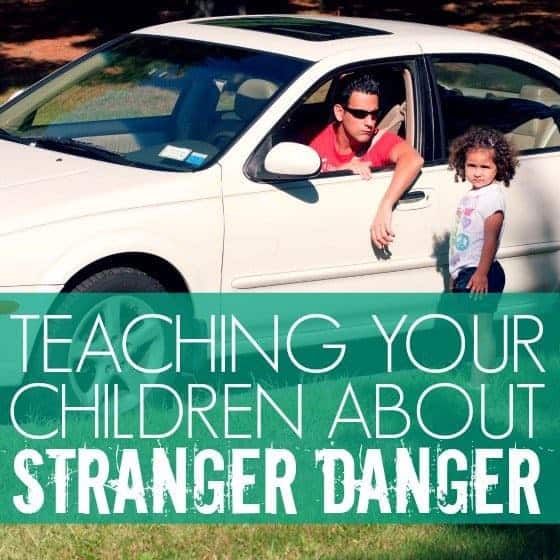As a parent, the number one thing you want to do is protect your child. The world can be an uncertain place and you want to give your kids the tools to be safe in any situation. The first step for parents of young children is teaching them about strangers and the dangers they pose.
Beginning Steps: Start a Conversation
- The first thing to do is to start a conversation about strangers with your child when you’re both in good moods–this means everyone is well-rested and calm, and not hungry or cranky. Start by asking your child what he or she knows about strangers and listen to your child’s response.
- Then, define stranger for your child, keeping it simple and non-threatening. Most of the time it’s enough to say “a stranger is someone you don’t know.” If you’re in public, you can point out a few people that are strangers — people that you don’t know.
- Next, remind your kids that strangers can look scary, but they can also be pretty and kind and happy. Not every stranger is friendly though; sometimes strangers will try to hurt little kids. No matter how a stranger looks, it’s important to be cautious when meeting new people.
- There are “safe strangers”. Even though you may not know them, police officers, firefighters and teachers are considered safe strangers.
- When you’re out with your children at the grocery store or the library, use these teachable moments. Point out strangers and talk to them about suspicious behavior. Remind your children that an adult will never ask a child for help.
Next Steps: Teach your children how to react
Once your child understands what strangers are and why they can be dangerous, move on to what your child should do if a stranger approaches. Teach your child how to react if they are uncomfortable with a stranger.
- Walk away and find you or another adult they know.
- Yell “No! Go away!” loudly.
- Rehearse possible stranger situations with your kids. Have fun with role playing, as a family, so your kids know exactly what to say and do in the moment.
- Have a code word or phrase with your kids, so that if someone they don’t know well approaches them, the adult can use the code word so your children know it’s safe. Make sure the code word is unique, but not too hard for them to remember.
- Lastly, create a “safe list” of trusted people your children can call or turn to in the event you are not available. This can include grandparents, aunts and uncles, older cousins, the parents of your kids’ friends, neighbors, and teachers.
You can start talking to your children about strangers at as young as two years old. Just remember to keep the conversation age appropriate. At two, the conversation might only be you talking to your child about the word stranger, and what it means. As your child gets older you can incorporate more information and utilize the tips above, as they become appropriate. And then you can rest a little easier, knowing your child is prepared in case a stranger approaches.
Source: https://www.ncpc.org/








































A great article Krista, I’d like to add my input as well. I prefer not to talk Stranger Danger, a much more positive approach is Stranger Awareness, please see a blog I wrote on the subject http://kidsbesafe.co.uk/archives/stranger-awareness-not-stranger-danger .
Your child is unlikely to meet somebody who means them harm, so let’s not scare them unnecessarily. Instead we need awareness and to make sure they know how to respond without thinking, you need to train them and refresh regularly.
Some structure to training helps, consider these steps to teach them:
1. Be aware of any people they don’t know, where are they, what are they doing
2. Keep a safe distance from strangers
3. If a stranger approaches make a clear (physical & verbal) signal that they do not want to talk to them
4. Make lots of noise and never give in if the stranger persists
5. Go to safety – Home, people they know who they are allowed to go to
6. Tell someone what has happened
There is an ever present threat of abduction by strangers, those people that say it’s only friends or family that do bad things are wrong, the crime statistics in the UK don’t back that up, please look at this blog for the overview http://kidsbesafe.co.uk/archives/113 . Frightening, but luckily it’s still small numbers, so make sure you teach your kids, don’t scare them and refresh regularly. I hope that’s useful, please check back on the blog for up-to-date help and advice.
Thanks
Gavin